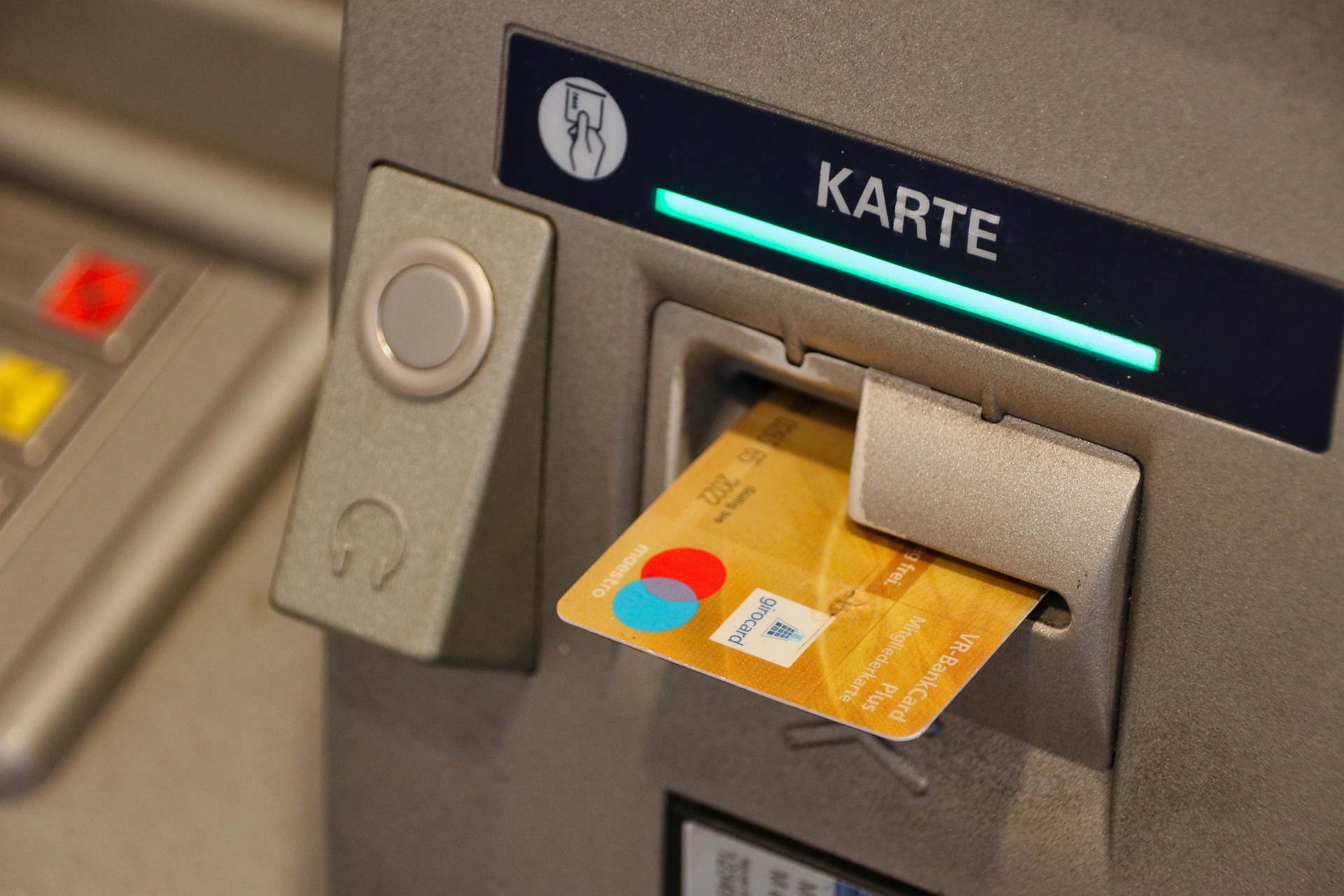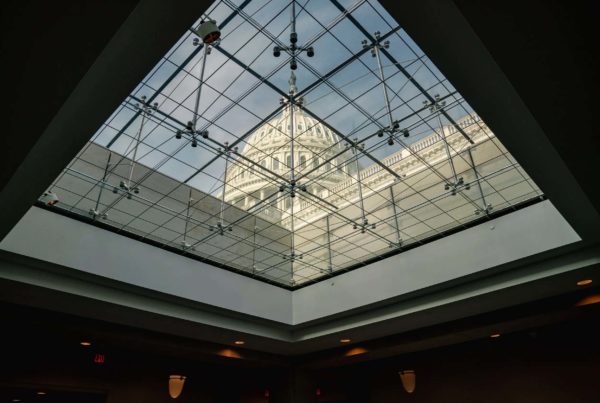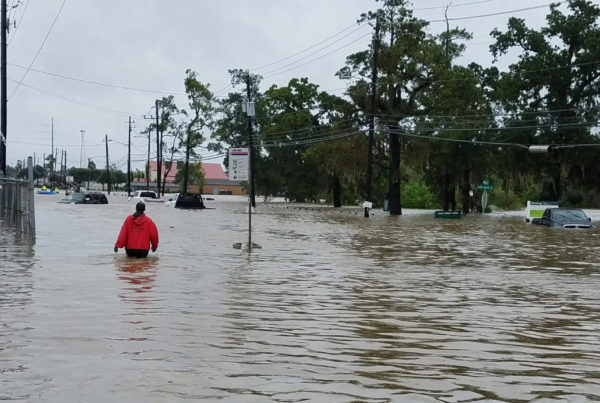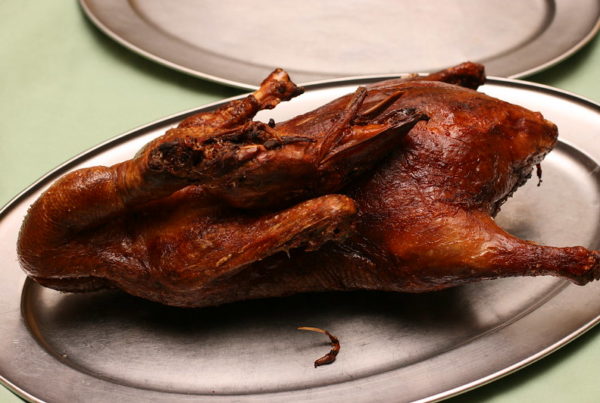For years, bank overdraft fees have been an easy, low-risk profit center for banks, at one point bringing in an estimated $30 billion a year – but that’s starting to change.
As more research and attention has been brought to bank overdraft fees – and the ways in which they disproportionately impact low-income people – many banks have begun to lower or entirely drop these charges.
Aaron Klein, a senior fellow in economic studies at Brookings, recently released research on how overdraft fees have changed, but also how reliant some banks have become on customers overdrafting to generate profits. He joined the Texas Standard to talk about his findings. Listen above or follow the transcript below.
This transcript has been lightly edited for clarity.
Texas Standard: You describe overdraft fees as a reverse Robin Hood. What do you mean by that?
Aaron Klein: By definition, overdraft fees only hit people who’ve run out of money in their bank account – and it goes purely into bank profit. There’s almost no loss by a bank on an overdraft. The bank is recouped immediately upon the first deposit that you bring back. There’s a reason these are called fees, not loans. Economically – I’m an economist – when a bank gives you money over a period of time and charges you for it, that’s economically a loan. But if they call this a loan, the interest rate would be so outrageous that it would violate other rules. So they call it a fee.
It seems like, from anecdotal evidence, these fees have been going down and maybe taken away altogether. And yet I gather this has been happening without a lot of government regulation. How is that possible?
Many banks – big, medium and small and credit unions – have voluntarily changed their practices, either eliminating overdrafts entirely or providing customers cushion, either pulling money from other accounts or equally, giving people time – 24 to 48 hours – to get back in the positive. These changes nationally should save consumers $5 billion a year or more, according to my calculations. These are voluntary changes done by the industry; no new regulation.
I think what’s driving this is three-fold: One, there’s some competition going on, some new financial technology providers, some new things that kind of feel like bank accounts. And then some banks started making this change and others started to follow suit. Two: There was a lot of name and shame going on, data and research being published, questions being asked by senators that hearings made bankers uncomfortable, and some of them started to realize the negative media attention wasn’t worth the money. I think the third thing is there are faster payments on the way, hopefully, which are going to reduce some of the structural reasons why people overdraft.
One piece of regulation you propose is requiring that all financial institutions offer a no overdraft, low cost, basic bank account. You think there’s enough political will to push through that kind of change?
I wish there were. Look, these types of accounts, often called “bank-on” accounts, are considered a best practice by the American Bankers Association, but there’s a lot of tension against mandates. People don’t like requiring it. It strikes me as odd that a bank should be allowed to offer a product or practice that isn’t best in class. There are a handful of small banks who depend on nothing more than overdraft for their entire business model. And these folks are very predatory institutions, and they’re really taking advantage of a lot of folks who, frankly, I think deserve a better deal.
If you’re shopping around – and I know lots of folks are – what do you look for? Who are the good guys and the bad guys here?
Well, down in Texas, I have to say, Frost made an early move to give folks a bigger cushion – up to $100 without a line of credit – and gave people some time to cure their overdraft. And that was a good thing. There’s a bank in Texas, First National Bank of Texas, so known as DBA First Texas – these folks make 300% of their profit on overdraft fees. They made more in overdraft fees in a given year than Citibank. This institution is an overdraft giant despite its small size, and folks ought to stay away from that like the plague.













